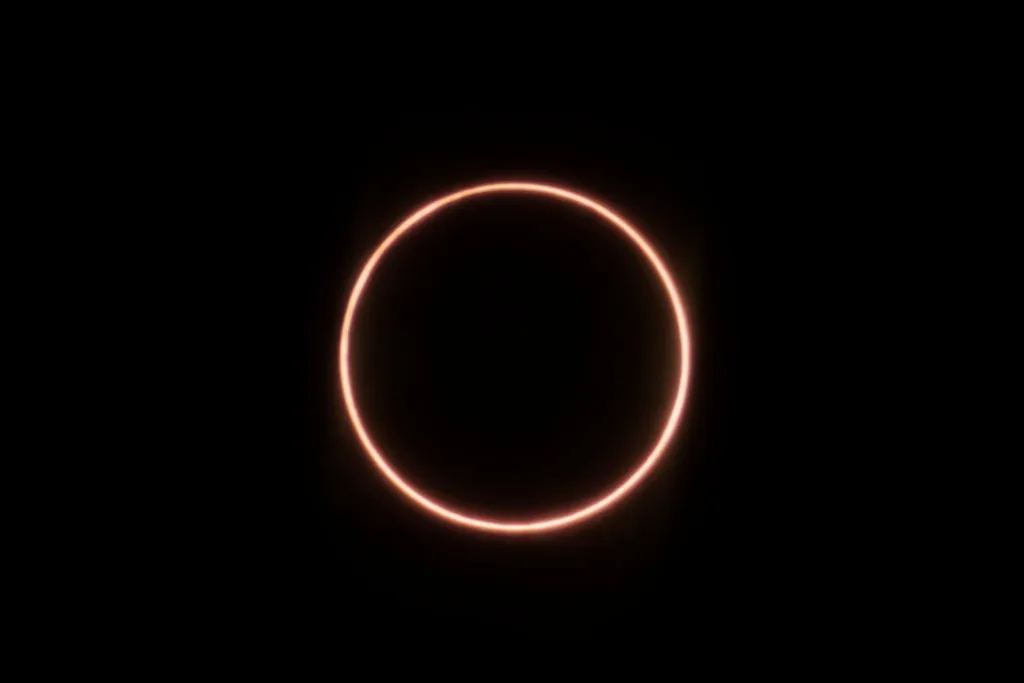A NASA Earth observation satellite has captured a view of the October 14 annular solar eclipse… from space.
The image was captured by NASA’s EPIC (Earth Polychromatic Imaging Camera) imager, which is on board the DSCVR (Deep Space Climate Observatory).
The satellite is a joint project between NASA, NOAA, and the U.S. Air Force.

What does the image show?
On October 14 2023, an annular solar eclipse was visible across the US.
This 'ring of fire' eclipse appeared from Earth as a glowing ring, caused by the Moon passing in front of the Sun.
But unlike during a total solar eclipse, when the Moon blocks out the entire disc of the Sun, during an annular solar eclipse the Moon only covers a portion of the Sun
This leaves a ring of sunlight visible instead.

If you were to observe Earth from space, however, the annular solar eclipse would be projected onto our planet as a dark shadow.
And this is exactly what the EPIC imager has captured.
Clearly visible in the image is the Moon's shadow, at the 11 o'clock position, caused as our natural satellite blocked out light from our host star on its way to Earth.
The image was captured at 16:58 UTC and shows the shadow of the Moon falling on the southeastern coast of Texas, near Corpus Christi.
Where was the image taken?
NASA's Earth Polychromatic Imaging Camera sensor provides global views of Earth from its position at Lagrange Point 1, It's about 1.5 million kilometres from Earth.
This is a position between the Sun where the gravitational pull of both bodies is produces a stable state of equilibrium for the satellite.

